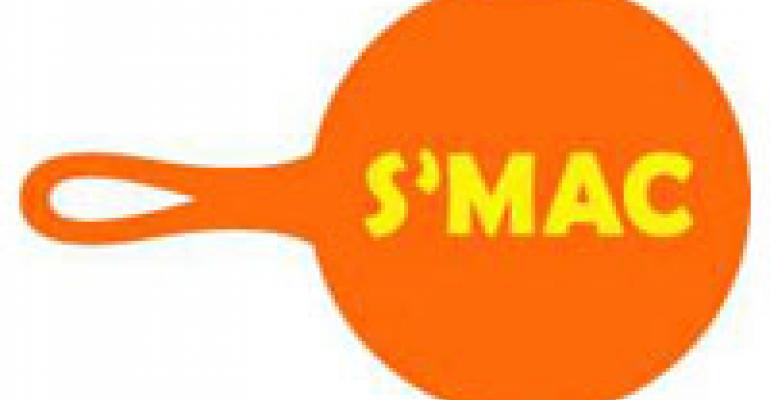
The question about macaroni and cheese has always been: Is it a side dish or a main course? Now we’re finding out that it can be a concept in and of itself, as the handful of macaroni-and-cheese specialty restaurants across the country continues to grow. With cheese prices now forecast to stay reasonable through 2015, are we seeing a growth niche emerge, right before our eyes?
Adventurous chefs got the mac-and-cheese ball rolling years ago when they started adding lobster, truffles and other high-end ingredients to this comfort food staple. The explosion of interest in artisan and imported cheeses since has kept the momentum going, enabling chefs to further explore the taste and texture possibilities of this once-humble dish. Now you can find gussied-up macaroni and cheese on menus up and down the price spectrum throughout the full-service restaurant world.
And why not? This dish delivers solid margins because its basic components don’t cost much. The primary ingredient, dry macaroni, can be bought for next to nothing. Most of the cost comes from the dairy components. Which is why an update last week from the Food and Agricultural Policy Research Institute (FAPRI) contained such good news for restaurants that sell a lot of macaroni and cheese.
Earlier this year, FAPRI had forecast that cheese prices would climb steadily through 2015. The new estimates predict the increase will be more modest. The price for a 40-pound block of cheddar on the Chicago Mercantile Exchange cash market are now forecast to average $1.52 per pound this year, rising to $1.70 a pound in 2015. That’s down from the $1.68 per pound 2010 figure and $1.77 per pound 2015 price FAPRI had foreseen earlier this year. Those 2015 numbers assume some inflation, which might or might not happen.
This kind of price stability is welcome by restaurant owners, particularly those in the pizza segment. But it could be even more beneficial to the fledgling macaroni and cheese segment. We’ve already seen the arrival of a small number of dedicated macaroni and cheese spots around the country. S’Mac in New York City was a hit early on, and it has been followed by such places as Mac Bar in NYC, Jus’ Mac in Houston, Mac Daddy’s in Georgetown, CT, and a scattering of others.
These places have proven that macaroni and cheese can be a terrific vehicle for a wide range of different flavors. Mac Bar, for example offers a dozen varieties: four cheese, carbonara, margarita mac, mac stroganoff, mac reuben, cheeseburger mac, mac ’srhoom, primavera, mayan chipotle, mac lobsta’ and a duck confit model called the mac quack. There are small, medium and large versions of each. One good thing about mac and cheese portion sizing is that, unlike many restaurant items, any leftovers can be reheated at home with scant loss of flavor or texture.
The latest entry in this emerging segment is Cheese-ology in St. Louis. Its chef/owner, Bill Courtney, serves up 15 varieties of mac and cheese, including a vegan option. Business has been strong since he opened the place in late June, and should only get better as the onset of cooler weather makes its hot and hearty comfort food lineup even more appealing.
The lone potential drawback of a macaroni and cheese restaurant is that the operator has to buy the right equipment, and a large-enough size of it, to bake its mac and cheese to order. But it can be done, as the pioneers in this segment are proving. If you see a good location, you might want to think about being about being first in your market to give a mac and cheese restaurant concept a try.





